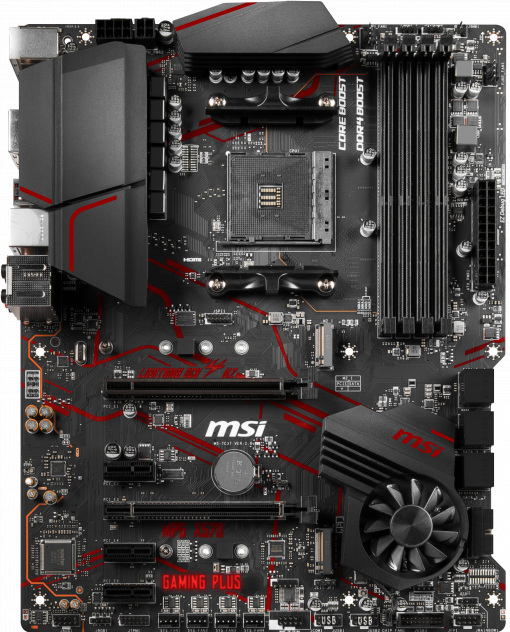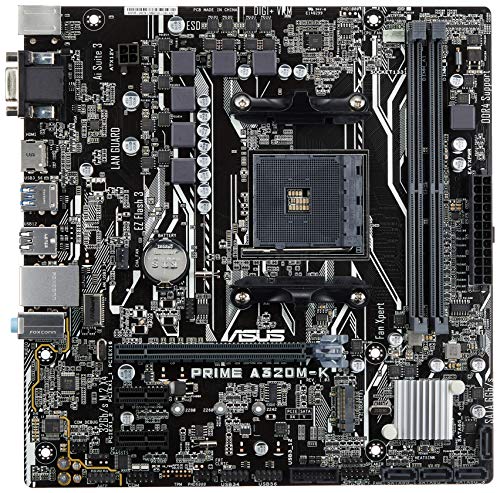Hello,
I have switched from a R5 3600 to a R7 5800x yesterday and so far everything is working absolutely fine except for a buzzing/whirring sounds coming from the CPU area. I have already tried stopping the fans while the PC was running which didn't help. I'm 100% sure it's not the PSU, GPU or any hard drive because it's coming directly from the CPU/cooler area and I don't have any HDD's. I'm using an SPC Fortis 3 cooling tower. What could this sounds possibly be caused by, and is it harmful?
Thanks in advance.
Edit: I just noticed that the higher the load, the louder the sound. Running multi core in Cinebench results in 80*C and a pretty loud buzzing sound.
I have switched from a R5 3600 to a R7 5800x yesterday and so far everything is working absolutely fine except for a buzzing/whirring sounds coming from the CPU area. I have already tried stopping the fans while the PC was running which didn't help. I'm 100% sure it's not the PSU, GPU or any hard drive because it's coming directly from the CPU/cooler area and I don't have any HDD's. I'm using an SPC Fortis 3 cooling tower. What could this sounds possibly be caused by, and is it harmful?
Thanks in advance.
Edit: I just noticed that the higher the load, the louder the sound. Running multi core in Cinebench results in 80*C and a pretty loud buzzing sound.
Last edited:




